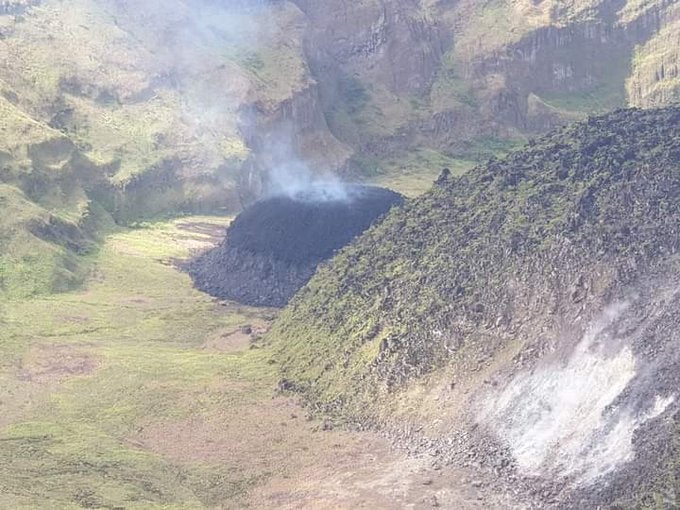Caribbean island residents put on alert as dormant volcanoes come back to life
Officials issue alerts for island chain home to more than 100,000 people

Your support helps us to tell the story
From reproductive rights to climate change to Big Tech, The Independent is on the ground when the story is developing. Whether it's investigating the financials of Elon Musk's pro-Trump PAC or producing our latest documentary, 'The A Word', which shines a light on the American women fighting for reproductive rights, we know how important it is to parse out the facts from the messaging.
At such a critical moment in US history, we need reporters on the ground. Your donation allows us to keep sending journalists to speak to both sides of the story.
The Independent is trusted by Americans across the entire political spectrum. And unlike many other quality news outlets, we choose not to lock Americans out of our reporting and analysis with paywalls. We believe quality journalism should be available to everyone, paid for by those who can afford it.
Your support makes all the difference.Residents on several eastern Caribbean islands have been put on alert after volcanoes that have remained quiet for decades rumbled into life.
Officials issued alerts on the island chain of St Vincent and the Grenadines, home to more than 100,000 people, as scientists rushed to study the renewed activity.
The government raised the alert level to orange for the volcano La Soufriere indicating it could erupt within 24 hours.
La Soufriere began spewing ash along with gas and steam, in addition to the formation of a new volcanic dome caused by lava reaching the Earth’s surface, the Caribbean Disaster Emergency Management Agency said.
An eruption by La Soufriere in 1902 killed more than 1,000 people.
Authorities on the Caribbean island of Martinique, an overseas French territory, are also watching the Mount Pelee volcano after tremors became more frequent last month.
In December, authorities issued a yellow alert due to seismic activity under the mountain, the first alert of its kind issued since the volcano last erupted in 1932, Fabrice Fontaine, from Martinique's Volcanological and Seismological Observatory, told the Associated Press.
Scientists have said the simultaneous increase in activity of La Soufriere and Mount Pelee is not linked.
“It's not like one volcano starts erupting that others will,” volcanologist Erik Klemetti, at Denison University in Ohio, said. "It falls into the category of coincidence."
He said the activity is evidence that magma is lurking underground and percolating towards the surface, although he added that scientists still do not have a very good understanding of what controls how quickly that happens."
"The answers are not entirely satisfying," he said. "It's science that's still being researched."
Seventeen of the eastern Caribbean's 19 live volcanoes are located on 11 islands, with the remaining two underwater near the island of Grenada, including one called Kick 'Em Jenny that has been active in recent years.
Additional reporting by agencies
This story was amended on 4/1/21. Some early reports said the government had urged people living near the volcano to evacuate their homes, but this turned out not to be the case. The article was edited to reflect this.



Join our commenting forum
Join thought-provoking conversations, follow other Independent readers and see their replies
Comments